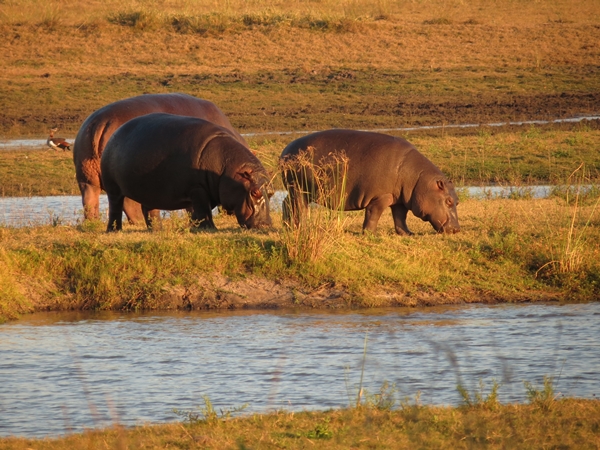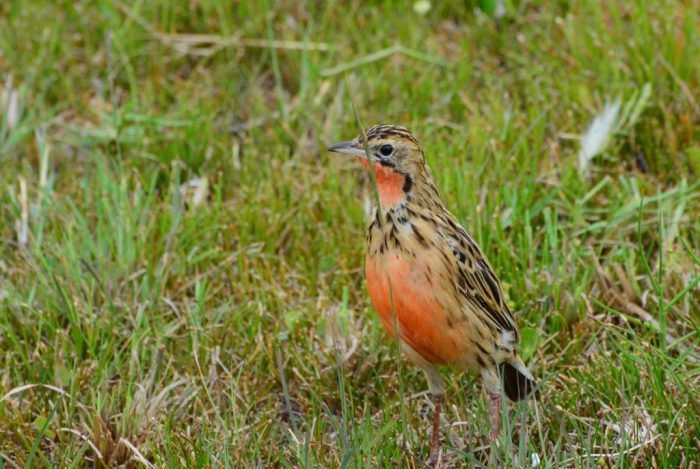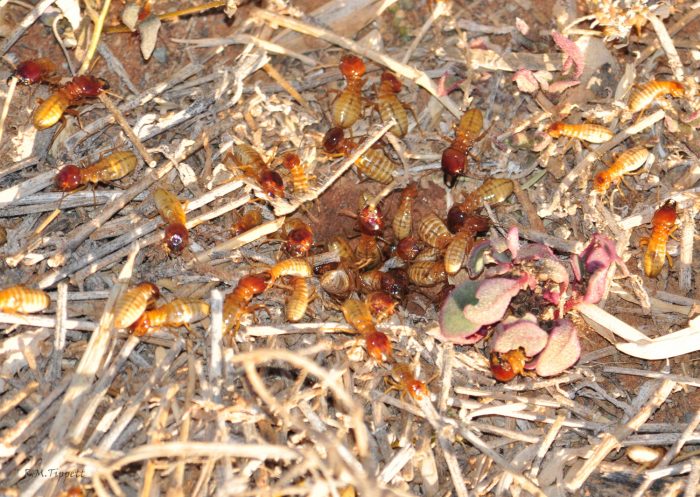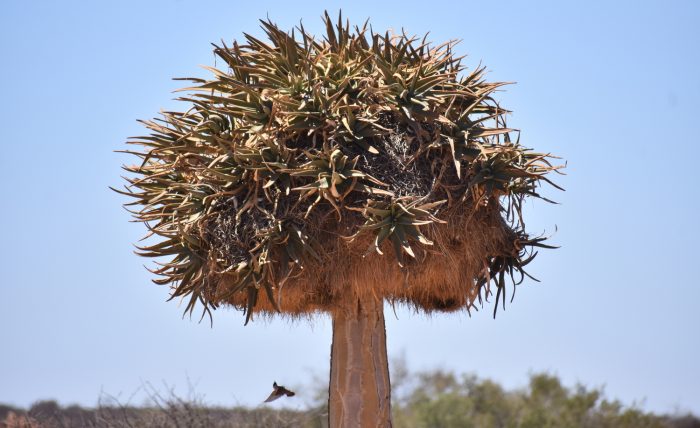Ecosystem engineers are species that modify their environment in such a way that they create and maintain habitats which provide opportunities for other species.
Some ecosystem engineers operate on scales of hectares. For example a hippopotamus grazes during the night, creating “lawns” of short grass. Then it spends the day in water, where urine and dung “enrich” the wetland, with a large transfer of “nutrients” from terrestrial to aquatic ecosystems.

In northeastern KwaZulu-Natal, Rosy-throated Longclaws occur on the “lawns” made by hippos. Remove the hippos and the grass rapidly becomes too long for the longclaws and they disappear. Besides creating lawns, the hippos also make pathways through reedbeds, and keep river channels open so the water can flow.

At the other end of the scale in terms of size, northern harvester termites create extensive networks of tunnels just under the surface of the soil. These greatly improve aeration and rainwater penetration. They also take a great deal of grass below the surface, where it ultimately generates nutrients in the soil. They are also ecosystem engineers.

Intermediate in size between the hippopotamus and the termite is the Sociable Weaver. These build huge nests, great feats of engineering skill in their own right, which provide homes for up to hundreds of weavers in chambers entered from the bottom of the nest. The distribution of the Sociable Weaver lies across the Kalahari ecosystem, in the interior of southern Africa. The climate is hot on summer days, and freezingly cold during winter nights. Inside the nest chambers the climate is more stable. Under the nests, there is shelter from the heat of the sun in the middle of summer days. The soil below the nests is enriched with the droppings that the birds produce, making then more fertile, with more vegetation, which in turn attracts both insects and the predators of those insects. The habitat created by the Sociable Wearers is exploited by insects, reptiles, other species of birds and by mammals. That makes Sociable Weavers into ecosystem engineers.

